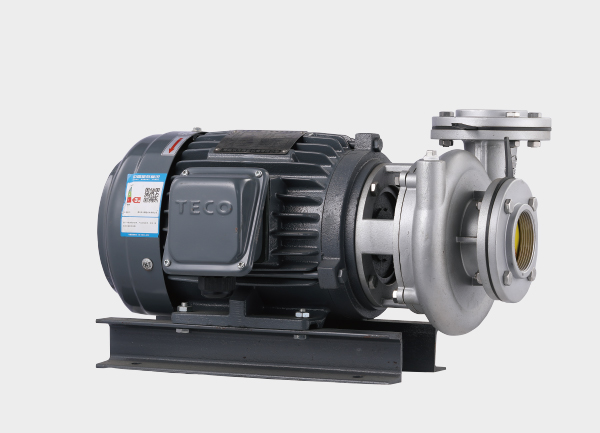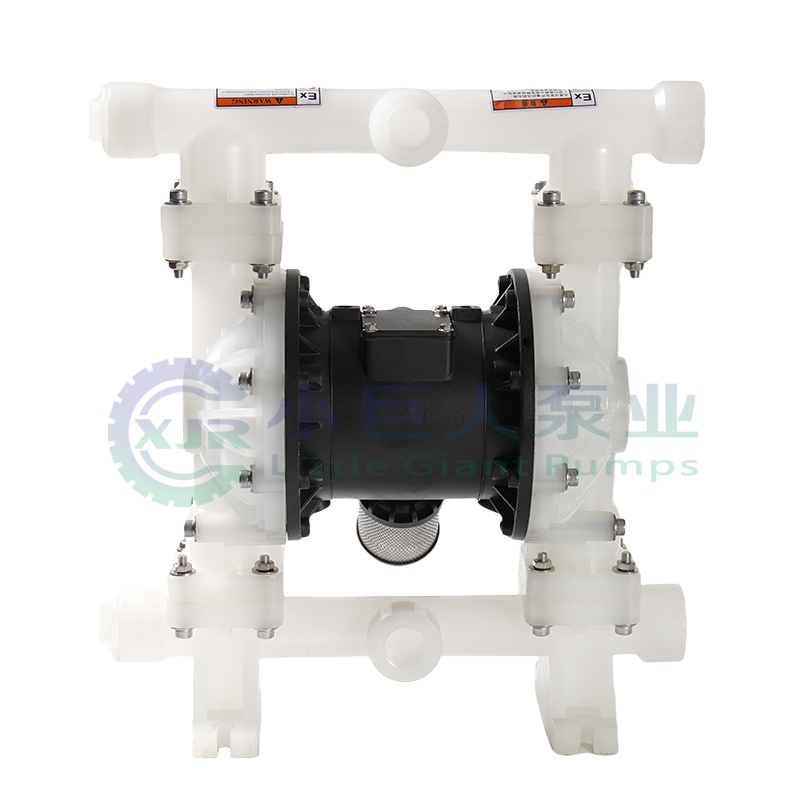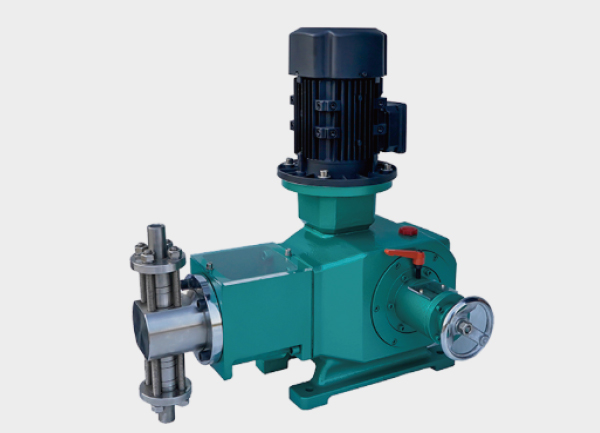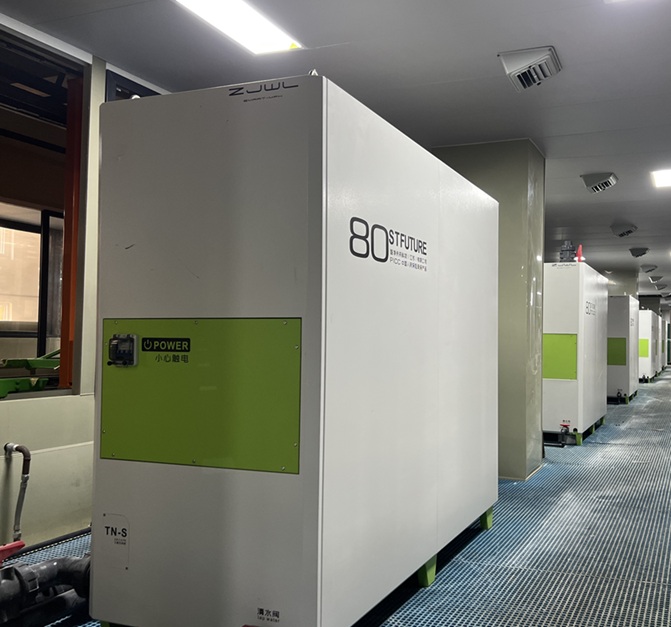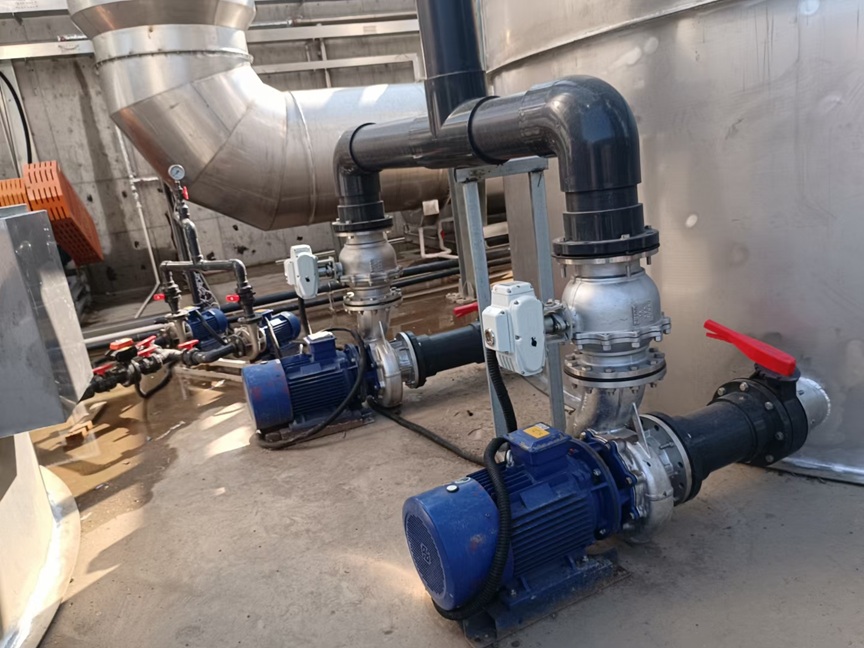1. Product Overview
The full stainless steel oil-immersed submersible pump is a high-performance pumping solution designed for complex water environments. Featuring a compact “pump-motor integration” design, the motor and pump operate seamlessly fully submerged. Its core advantages lie in the combination of full stainless steel construction and an oil-immersed motor design. Stainless steel ensures superior corrosion resistance, while the oil-immersed motor provides enhanced lubrication and cooling for stable operation. This pump is widely applicable for clean water, mildly corrosive liquids, and other media, making it a versatile choice for agriculture, industrial, and municipal applications.
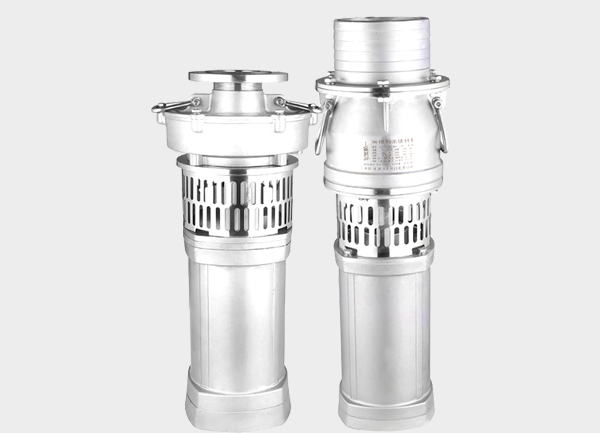
2. Key Design Advantages: What Makes It Special?
2.1 Precision-Cast Stainless Steel Housing: The “Corrosion Shield”
The pump casing and all wetted parts are made from precision-cast stainless steel, commonly 304, 316, or 316L. This process produces a dense, pore-free structure that surpasses standard cast iron in strength and corrosion resistance.
Material suitability:
304 stainless steel handles media with pH 4–10
316 stainless steel withstands pH 4–13, making it suitable for chemical wastewater, seawater, and other corrosive liquids.
Benefits of precision casting: smooth surface for easy cleaning, reduced debris adhesion, and lower maintenance costs.
2.2 8-Meter Corrosion-Resistant Cable: The “Power Lifeline”
Equipped with an 8-meter JHS-type waterproof cable, featuring oil- and water-resistant insulation and a dedicated grounding wire for safety.
Optimized length meets typical submersion depths up to 5 meters without excess slack or entanglement.
Ideal for garden irrigation, deep well pumping, and other flexible installation scenarios.
2.3 Friction-Welded 316 Stainless Steel Shaft: The “Heart of the Drive System”
The rotor shaft is made from 316 stainless steel and joined via friction welding, providing:
Superior corrosion and wear resistance, especially in liquids with micro-particles.
Strength 30% higher than traditional welding, eliminating gas pores or cracks.
Reliable high-speed operation and extended pump life.
2.4 Dual Mechanical Seals: The “Double Safety Barrier”
Combines fluoro-rubber double-end mechanical seals with O-ring oil-resistant static seals, forming two layers of protection.
The first seal blocks the majority of the liquid, while the second intercepts residual leaks.
Coupled with a floating oil chamber that balances internal pressure during temperature fluctuations, this system prevents water ingress and motor burnout.
In water containing ≤0.1% solids with particle sizes ≤0.2 mm, the seal life can double or triple that of conventional pumps.
2.5 F-Class Insulated Motor: The “Stability Guarantee”
The motor features F-class insulation, capable of withstanding up to 155℃, while the pump is rated for ≤100℃ for added safety.
Oil-immersed structure enhances heat transfer, lubricates bearings, and reduces wear.
Reliable even during frequent starts (e.g., musical fountains) or continuous operation.
Paired with overload and over-temperature protection to reduce failure risk.
3. Typical Applications & Usage Guidelines
Industrial Applications:
Chemical plants for mildly corrosive liquids
Mine drainage
Saltwater transport in salt fields
Civil & Agricultural Applications:
Irrigation and drainage
Garden water supply and fountains
Deep well pumping and water tower supply
Special Applications:
Water features and landscape fountains
Seawater aquaculture
Hot spring water extraction (check material compatibility)
Key Usage Conditions:
Media temperature: ≤40℃
Solids content: ≤0.1%, particle size ≤0.2 mm
Submersion depth: Regular models ≤5 m, high-head models up to 40 m
pH compatibility: 304: pH 4–10, 316: pH 4–13
4. Why Choose a Full Stainless Steel Oil-Immersed Pump?
Compared to conventional cast iron submersible pumps, this pump excels in full-range corrosion resistance and long-term reliability:
Stainless steel eliminates the rusting issue of cast iron pumps.
Oil-immersed motor provides superior cooling and longer bearing life compared to dry-type motors.
Although the initial investment is higher, long-term maintenance and replacement costs are significantly reduced, offering better overall economic value.


